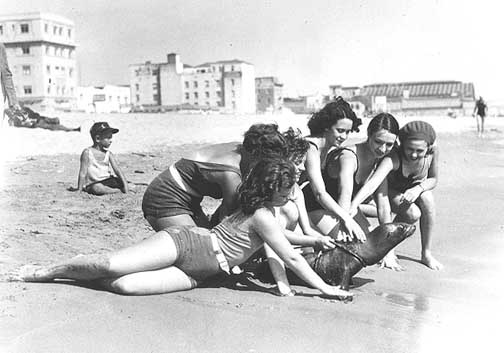After little Elsa’s birth, Christian and Alma Hansen started having serious
conversations with Alma's parents Christina and Zacharias Pohle about the difficulties of
earning a living in the dreary East, while across the country a golden state
beckoned. The thought of traversing thousands of hot, grueling miles overland with
small children in tow appalled them, so the two families agreed to leave Buffalo by ship,
just the way they had come in the first place.
The village of
Pasadena was a trendy health retreat for asthmatics, and in the 1880s experiencing
a great land boom. Christian found employment as a carpenter with the Pasadena
Manufacturing Company. Both his wife Alma and mother-in-law Christina worked as
laundresses to supplement his income.
A third child, Arthur Christian, was born in November
1887.
Soon after this
son’s birth, Christian moved his family upstate to San Francisco, where he
built staircases. Then he broadened his professional range by serving as a
foreman in the construction of several churches. He admired the large Queen
Anne Victorian homes (now fondly called “Painted
Ladies”) springing up all over the Bay Area, and resolved to someday build
one for his family. Here his son Arnold Albert was born in 1890.
Next the family went to Modesto in Stanislaus County,
where the ambitious young man worked as a contractor and builder. By 1894, a
little older and much more experienced, he was ready to return to Pasadena with his in-laws, and open his own contracting and architectural firm.
After the younger Hansens returned to Southern California, Dorothea Hansen
died (1898). She was in her mid-sixties.


















